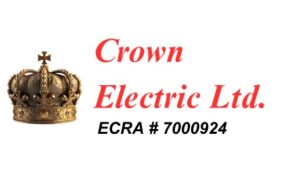Electric vehicles need an energy storage system to power the vehicle’s propulsion system. There are many energy storage systems such as batteries, supercapacitors, rotating wheels, fuel cells, etc.
It is the most widely used battery in electric vehicles due to its relatively mature technology, good energy density and cycle life.
At present, many batteries have been explored for EV applications such as nickel-cadmium (NiCd), nickel-metal hydride (Ni-MH), and lead-acid (Pb-H2SO4), but lithium-ion battery has been found to be more useful in EV applications.
Why are lithium-ion batteries mainly used in electric vehicles?
#1. Energy Density
It is a measure of energy stored per unit volume/mass.
The higher the energy density, the less weight the battery needs to have for the same range, which reduces the weight of the vehicle. Energy density determines the range of the vehicle while power density determines the performance of the vehicle, i.e. how fast the vehicle accelerates. Lithium cobalt oxide batteries have the highest energy density of all batteries.
#2. Wide temperature range operation
The electrodes and electrolytes determine the operating temperature of a lithium-ion battery. A lithium-ion battery can operate in a temperature range of -20°C to 60°C with an ideal temperature range of 15°C to 35°C.
#3. Life cycle
It is defined as the number of times a battery can be charged and discharged before losing performance. The longer the cycle life, the more years a lithium-ion battery will last. This life can range from 400 to 2,000 cycles depending on the electrode materials used, while a zinc-air battery has only about 100 cycles. Tesla claims 1,500 charge cycles for lithium-ion batteries used in its vehicles.
#4. High cell voltage
The terminal voltage of a lithium-ion battery is about 3.6-3.85 volts while the terminal voltage of a nickel-metal hydride battery is only 1.2-1.5 volts. Therefore, fewer cells are required to achieve the desired voltage level. The lithium-ion cell also maintains a nearly constant voltage of 3.6 volts regardless of the load. Lithium-ion batteries also have a good coulombic efficiency (charge and discharge efficiency) which can reach 92%.
#5. Self-discharge
Lithium-ion batteries have a very high self-discharge rate of 0.35% to 2.5% per month, which is equivalent to about 13.9% to 70.6% in nickel-metal hydrogen batteries. Lithium-ion batteries have a very low memory effect (which occurs when the battery is charged before it is completely discharged, reducing battery life), and this effect is mainly found in nickel-cadmium-metal hydrogen batteries.
Therefore, a lithium ion battery requires very little maintenance.
#6. Fast charging support
Li-ion battery supports fast charging due to the nature of the electrodes and electrolytes.
Lithium-ion batteries work on the principle of decondensation, which means removing the interference from the anode and the interference from the cathode quickly. The lithium-ion battery of the Tesla Model 3 can be charged up to 80% in just 40 minutes. The lead-acid battery does not support fast charging, which can take up to 48 hours.




